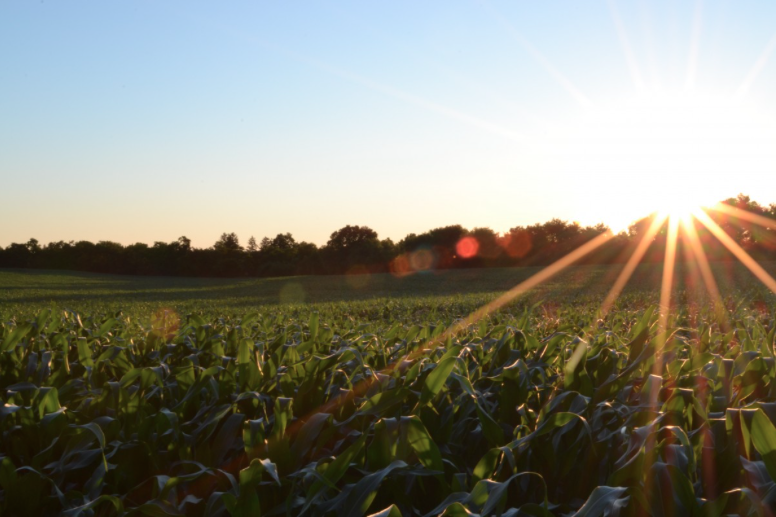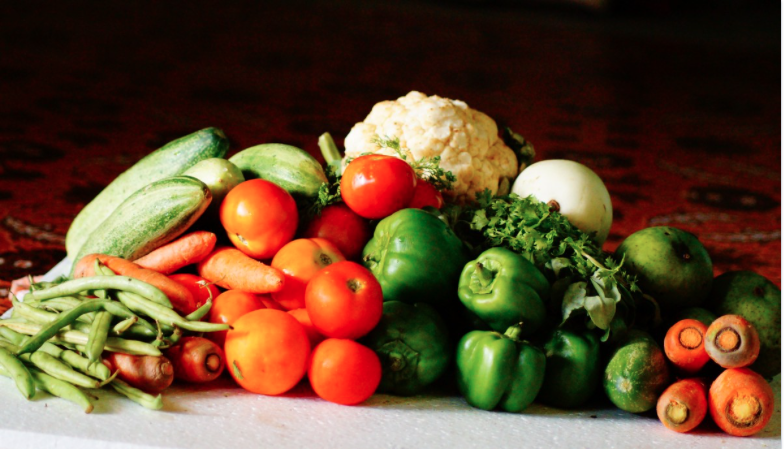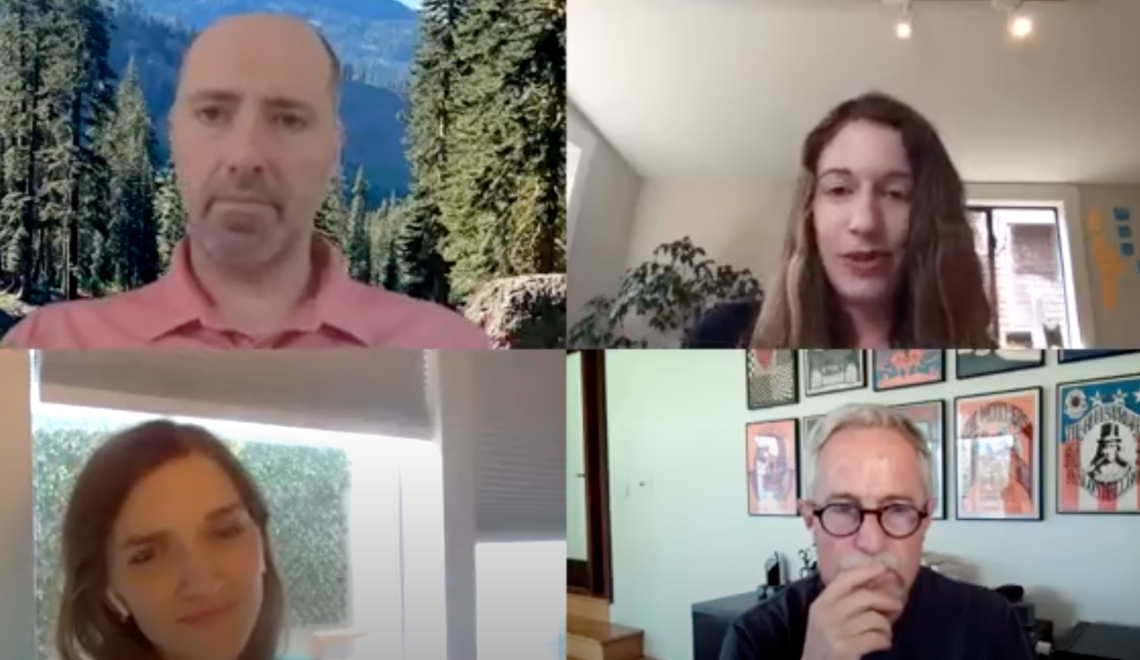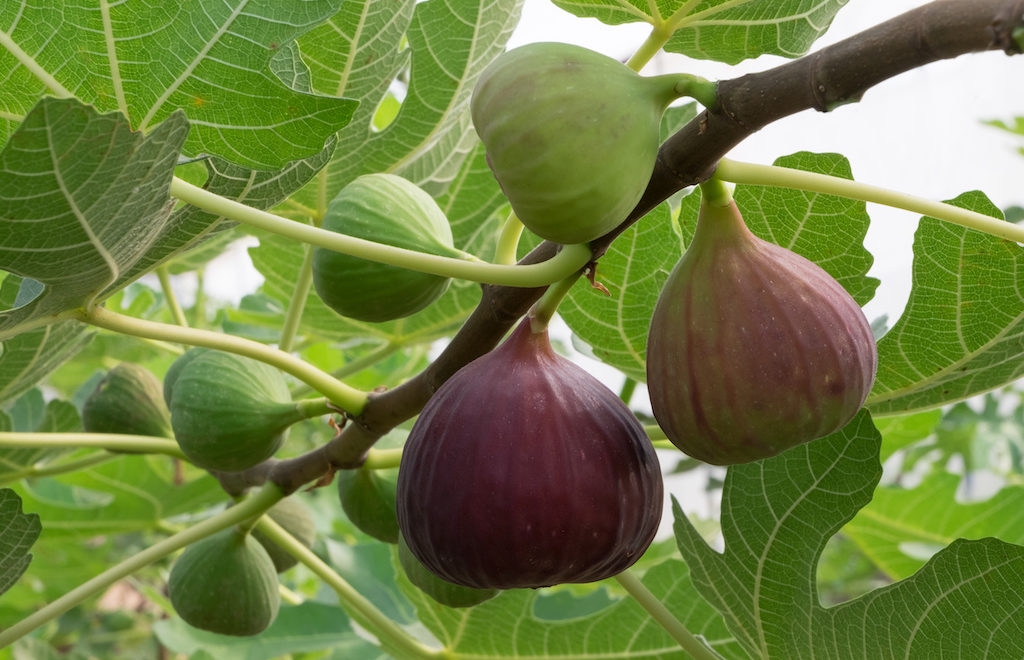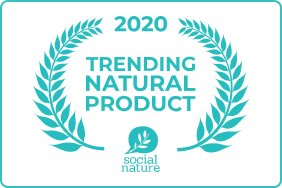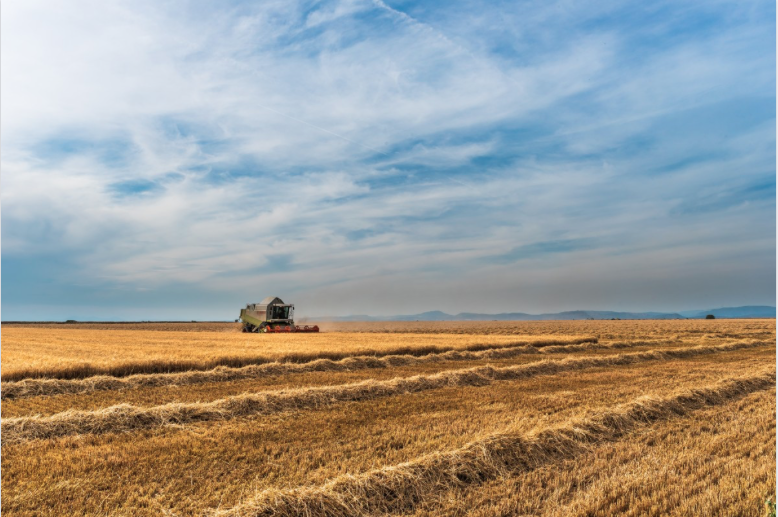
By the year 2050, the earth is estimated to be home to 9 billion people. To meet the needs of two additional billion people, world food production must double. There are many ideas for how to accomplish this daunting task, one of them being organic farming. The organic movement has become very popular in recent decades and the public generally regards it as a potential silver bullet when it comes to feeding the world. However, there is not only still a difference between the yields of conventionally and organically grown food, but multiple studies have shown that organic food and farming is neither healthier than conventionally grown food nor synonymous with sustainable. Organic, “only certifies production methods that are in accordance with its underlying principles”.
In essence, “can organic farming feed the world?” is not the question we should be asking. The answer to that question would be yes, given the modification of the current food system, adoption of new laws, and potentially more farmland. Can organic farming feed and world and be sustainable for future generations? The short answer is no. In fact, in our current unsustainable food system, organic or not, we cannot hope to preserve the earth for future generations to grow food, much less feed 9+ billion people.
So what is the real problem here?
The problem is the unsustainability of the current food system. The ultimate goal would be to increase food production yields while minimizing environmental harm. Without sustainability, we cannot hope to have land on which to farm. In their 2014 paper entitled “Food Security and Sustainable Intensification”, H. Charles Godfrey and Tara Garnett brought together several ideas into a system they called “intensification”. They explained this term as increasing the productivity of current farmland, and increased sustainability of that farmland while using a broad range of production methods.
Increasing the production of current farmland would cause fewer environmental problems compared to converting non-farmland for use in farming. Adapting the productivity of land that is currently used for farming would create less greenhouse gas emissions and affectively spare the biodiversity of non-farmland from destruction.
In order to increase the productivity of the current farmland, it is very important to look at individual areas on the earth. Each continent contains a variety of climates and different crops grow well in different areas. All these areas have their own needs too. Therefore, there needs to be unique approaches to increased yield productivity of native plants across all farmland on the planet.
Moreover, to increase the yield of global food production, we can no longer have polarized views on types of food production. Conventional farming, organic farming, and even food biotechnology have their merits. All production techniques should be examined for their effectiveness. Their best attributes could be combined to create a productive and sustainable food system.
Of course, with any complex problem there is no simple answer. There are many other ways we must adapt the current food system to ensure a sustainable future. Our dependence on fossil fuels must end in favor of renewable sources, socioeconomic status must be taken into account to ensure that the poorest on the planet have access to food, and food waste must be reduced. After all, 30-40% of all food produced is never consumed.
It is no surprise that such a weighted and complex problem like food security should have an equally complex answer. Although it would be amazing to have one solution to such a big problem, organic farming may not be viable and sustainable solution. To ensure food security in generations to come, we must consider a broad range of production methods and enlist the help of many different disciplines. The problem of food security is not a problem only left to environmental scientists, social scientists, or politicians; it is a human problem and one that we must all work to solve together.
For more information on the future of food and the steps we must take to feed 9 billion people, check out this awesome infographic by Jonathan Foley.
Sources:
“Food Waste: The Facts.” World Food Day. N.p., n.d. Web. 17 Feb. 2015. <http://www.worldfooddayusa.org/food_waste_the_facts>.
Godfray, H. Charles J., and Tara Garnett. “Food security and sustainable intensification.” Philosophical Transactions of the Royal Society B: Biological Sciences 369.1639 (2014): 20120273.

